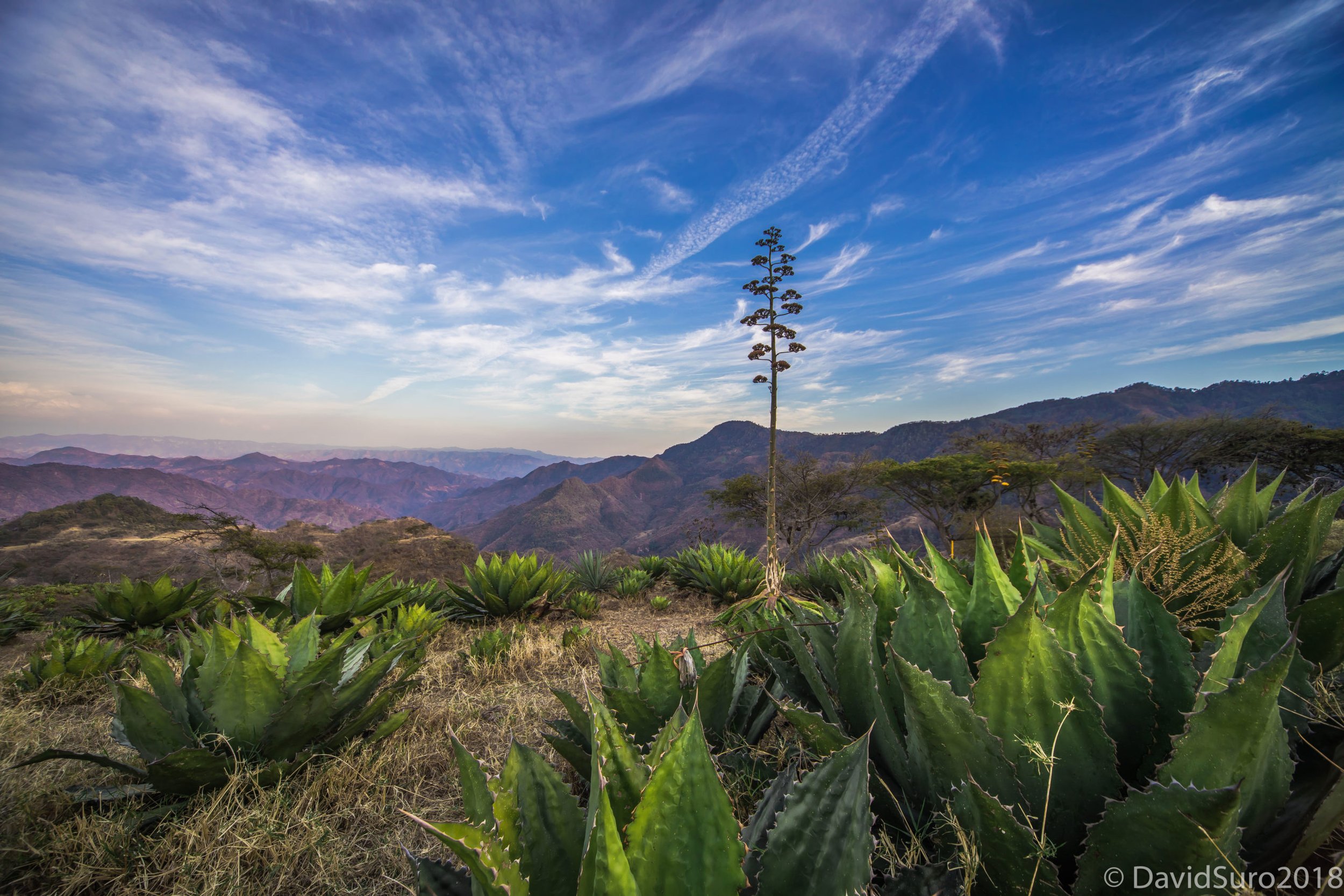
Dr. Gary Nabhan
BOARD MEMBER
English
Gary Paul Nabhan is an Agricultural Ecologist, Ethnobotanist, Ecumenical Franciscan Brother, and author whose work has focused primarily on the interaction of biodiversity and cultural diversity of the arid binational southwest. He is considered a pioneer in the local food movement and the heirloom seed-saving movement.
A first-generation Lebanese American, Nabhan was raised in Gary, Indiana. While excelling in some of his studies, he dropped out of high school and then had the opportunity to attend Cornell College in Mt. Vernon, Iowa for 18 months. During that time, he worked at the headquarters for the first Earth Day for two stints in Washington DC.
He then transferred to Prescott College in Arizona, earning a BA in Environmental Biology in 1974, and has remained in-state ever since. He has an MS in plant sciences from the University of Arizona (1978) and a Ph.D. in the interdisciplinary arid lands resource sciences also at the University of Arizona. During this time he started working with and learning from farmers and foragers in several indigenous communities on both sides of the US/Mexico border.
Español
Gary Paul Nabhan es un ecologista agrícola, etnobotánico, hermano franciscano ecuménico y autor cuyo trabajo se ha centrado principalmente en la interacción de la biodiversidad y la diversidad cultural del árido suroeste binacional. Se le considera un pionero en el movimiento alimentario local y en el movimiento de conservación de semillas tradicionales.
Nabhan, estadounidense libanés de primera generación, se crió en Gary, Indiana. Si bien destacó en algunos de sus estudios, abandonó la escuela secundaria y luego tuvo la oportunidad de asistir a Cornell College en Mt. Vernon, Iowa, durante 18 meses. Durante ese tiempo, trabajó en la sede del primer Día de la Tierra durante dos períodos en Washington DC.
Luego se transfirió al Prescott College en Arizona, donde obtuvo una licenciatura en Biología Ambiental en 1974 y ha permanecido en el estado desde entonces. Tiene una maestría en ciencias vegetales de la Universidad de Arizona (1978) y un doctorado. en ciencias interdisciplinarias de recursos de tierras áridas también en la Universidad de Arizona. Durante este tiempo, comenzó a trabajar y aprender de agricultores y recolectores en varias comunidades indígenas en ambos lados de la frontera entre Estados Unidos y México.

